When it comes to strange and unusual animals, the platypus is king. If it came to a vote, this animal would be the front-runner for weirdest animal on Earth. What makes them so strange? Read on to learn about the peculiar platypus.
Description of the Platypus
Even at a glance, the platypus looks weird. They have a small, hydrodynamic body covered in brown fur. Their tail is wide and flat, a little like a beaver’s tail, but covered in fur. These animals sport paws that are webbed for swimming, and the front feet have more webbing than the rear. Finally, they have a wide, flat bill, which resembles that of a duck.
Interesting Facts About the Platypus
The oddities don’t stop at the platypus’ appearance! These incredibly odd mammals continue to astound with each new piece of information.
- Bird-Like Doesn’t Stop at the Bill – The resemblance to birds doesn’t stop at the platypus’ bill. While these unique creatures are mammals, they actually lay eggs! Platypuses are one of the only mammals in the world that lay eggs. The only other warm-blooded egg layer is the echidna (another resident of Australia).
- Milky Mammals – Just like all other mammals, platypuses produce milk to raise their young. Even though baby platypuses are hatched from eggs, they still require their mother’s milk to survive. The only problem? Platypuses don’t have teats! Instead of nursing from teats, the mother platypus oozes milk from glands on her abdomen, and the babies suck the milk from her fur.
- An Electric Animal – Platypus bills don’t just serve as a conversation starter, they are actually sensory organs. Just like your tongue can taste, and your nose can smell, platypus bills have a sense called electroreception. This electroreception allows platypuses to see the electric fields created when an animal moves its muscles.
- And They’re Venomous?! – Just when you thought they couldn’t get any weirder… male platypuses are venomous! All of these animals grow spurs on their rear legs, but the males have venom inside their hollow spurs. This venom is not deadly, but is highly painful. Male platypuses’ venom spurs only activate during breeding season, and scientists believe they are used to fight competing males.
Habitat of the Platypus
Platypuses are semi-aquatic mammals, so they must live near water sources. These small mammals prefer small streams and rivers, where they can hunt for prey on the riverbed. They can be found in habitats ranging from cold highlands to tropical rainforests.
Distribution of the Platypus
These mammals can be found across the entire eastern coast of Australia, as far north as the Cape York Peninsula, and as far south as Victoria. They can also be found on Tasmania, and a small population lives on Kangaroo Island.
Diet of the Platypus
Platypuses are carnivores, and they feed mainly on invertebrates and various small aquatic animals. Some common prey items include worms, shrimp, crayfish, and insect larvae. These creatures hunt while swimming, and use their bills to sense electromagnetic currents from their prey. This hunting method is very similar to sharks, which use ampullae of Lorenzini to detect electromagnetic fields.
Platypus and Human Interaction
While platypuses are not endangered, they have seen population decline in recent years. Scientists believe that this decline is due to a number of human activities. They were ruthlessly hunted for their fur, which is similar in texture to an otter’s fur, until the 20th century.
Even after additional protection was put in place to prevent hunting, platypus still perished in fishery nets until 1950. In recent times, dams, pollution, and land development have threatened platypus survival.
Domestication
Platypuses have not been domesticated in any way.
Does the Platypus Make a Good Pet
It is illegal to have a platypus as a pet. They are protected as native Australian wildlife, and they are also notoriously difficult to keep in human care.
Platypus Care
Platypuses are very sensitive to environmental change. This makes it quite difficult to keep and breed them in zoos. Currently, the only platypuses on display, and the only successful breeding programs, occur in Australia.
Behavior of the Platypus
The platypus is mainly nocturnal or crepuscular, which means they are active at night, dusk, and dawn. They can be seen during the day, especially on particularly overcast or cloudy days. Scientists believe platypuses have a territory of approximately two miles, and males may overlap territories with a number of females. They live, sleep, and give birth within tunnels in the riverbank.
Reproduction of the Platypus
Platypuses breed between the months of June and October. It is believed that one male platypus will mate with several different females during the breeding season.
After breeding, the female platypus develops the eggs for 28 days before laying them. She will incubate the eggs for an additional 10 days before they hatch. The baby platypuses will remain in the burrow for about four months, then they are weaned and begin to emerge and explore.
Beliefs, Superstitions, and Phobias About the Platypus
The indigenous people of Australia believed that the platypus was a hybrid between a duck and a water rat. In tribal stories, the platypus was asked by the land animals, water animals, and birds to join their “group.” In the end, the platypus decided that he wouldn’t join any of their groups because he didn’t need to be a part of a group to feel special.

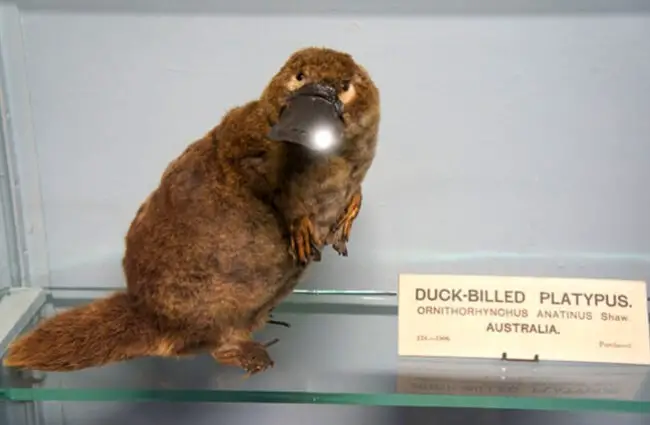
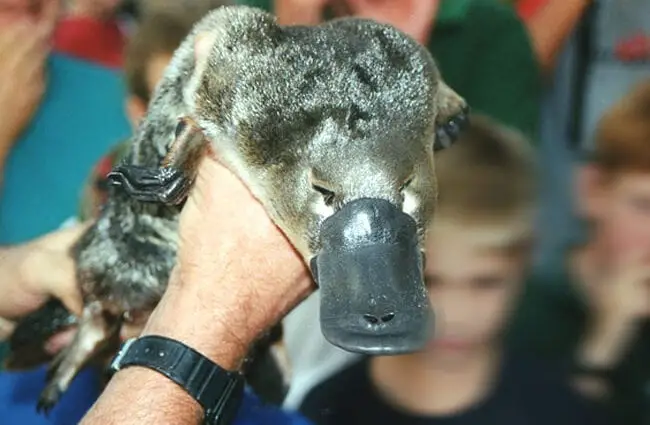

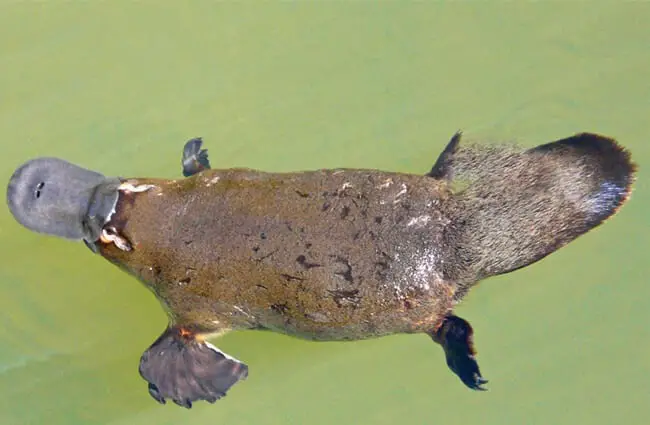

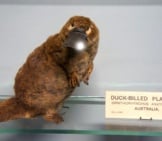
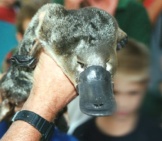

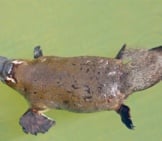

![Red Angus Closeup of a beautiful Red Angus cowPhoto by: U.S. Department of Agriculture [pubic domain]https://creativecommons.org/licenses/by/2.0/](https://animals.net/wp-content/uploads/2020/03/Red-Angus-4-238x178.jpg)












![Red Angus Closeup of a beautiful Red Angus cowPhoto by: U.S. Department of Agriculture [pubic domain]https://creativecommons.org/licenses/by/2.0/](https://animals.net/wp-content/uploads/2020/03/Red-Angus-4-100x75.jpg)

